The Economic Impact of the Medical Marijuana Industry: Trends and Projections
MMJ Recs
MARCH 16, 2024
This burgeoning industry encompasses a wide range of activities, including cultivation, processing, distribution, and retail sales of medical cannabis products. Recent trends indicate a growing interest in alternative forms of consumption, such as edibles, topicals, and concentrates, in addition to traditional flower products.

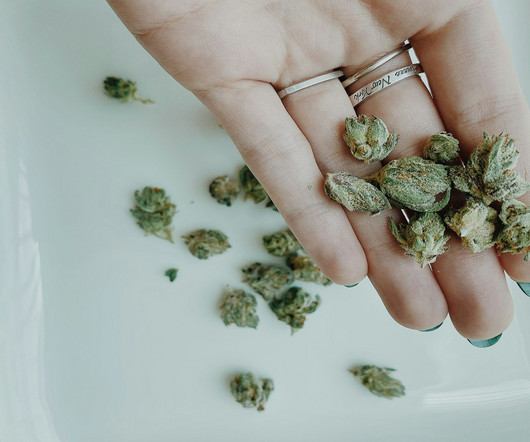



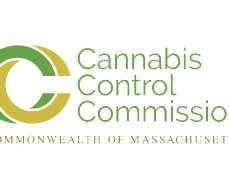
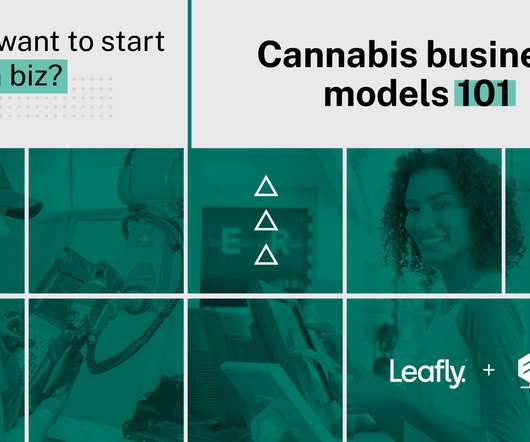
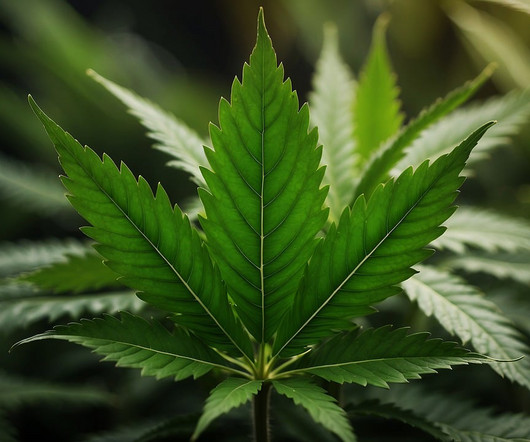

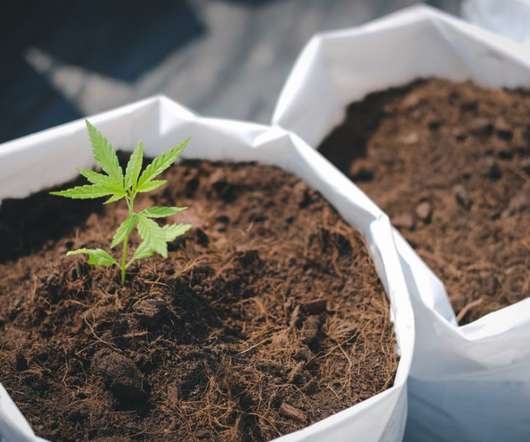

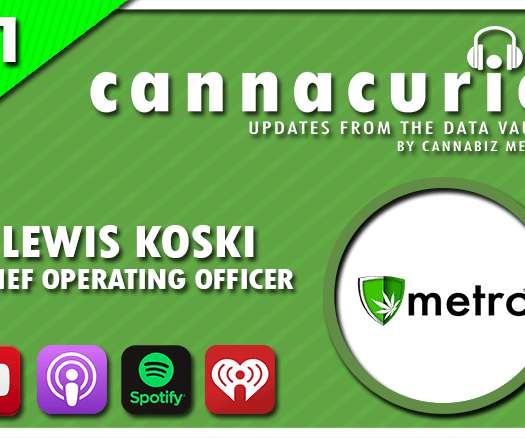


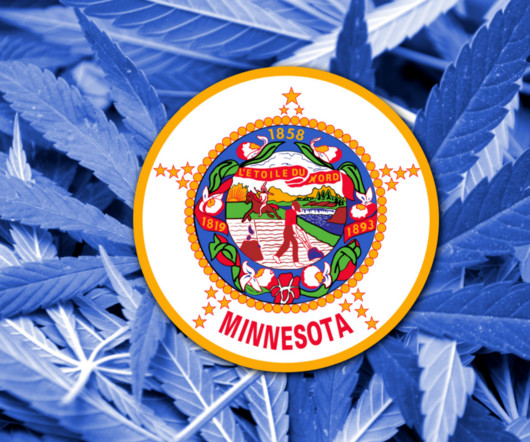








Let's personalize your content